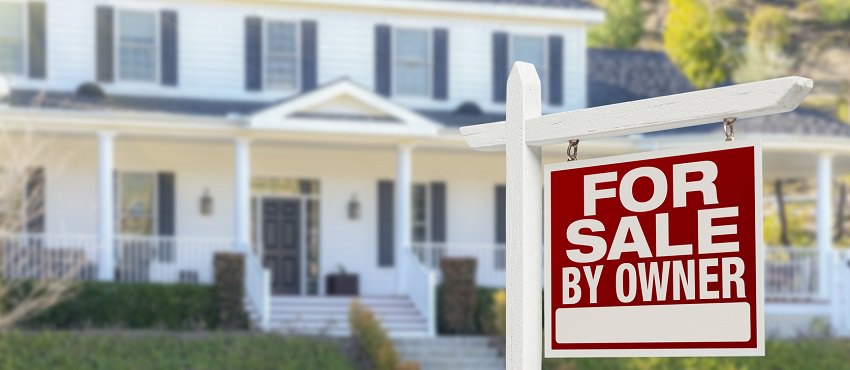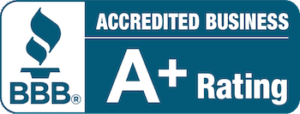With the recent shifts and upheavals in the economy, the property market has gone for a toss. With credit being tight, and budgets being small, selling off a home for cash isn’t as easy as it once was.
If you’re looking to sell your home, you might have heard of the term ‘owner financing.” You’ve also probably wondered, ‘how does owner financing work?” Let’s find out!
What is owner financing?
Owner financing refers to the transaction. The funds required to buy a piece of real estate are sourced directly from the owner. This means that the owner offers a loan to the buyer, in order to buy from him.
It’s also known as “seller financing” or “creative financing.” It comes in handy when the buyer is unable to obtain funds from conventional methods, such a mortgage or a bank loan.
Owner financing helps the buyer acquire a house, and the seller to make a quick sale. It’s basically a win-win situation for both sides.
So let’s first answer the question: How does owner financing work?
How does owner financing work in Florida?
Real estate buying and selling processes and rules differ, and whether you want to buy or sell, you need to be conversant with local procedures.
If the property you’re looking to sell, is situated in or around Florida, you need to understand the process and ask yourself: how does owner financing work in Florida?
Here’s how it works-
Step One: Evaluation
You first need to find out if you own the house outright or if there’s a mortgage on it. With a mortgage, you might not be eligible to offer owner financing in some states.
Consult with a real estate attorney to get the house valued, and work out a fair and agreeable downpayment amount, final price and loan duration.
Make sure you aren’t breaking any state, local or federal laws.
Step Two: Marketing and Finding A Buyer
Once the details are sorted out, you can start advertising online, via pamphlets and ads, to find a buyer. Make sure you let potential buyers know you offer owner financing. This may even bring up the overall property costs in some cases.
Be sure to find a reliable buyer, with a good credit score. Remember: you are advancing this person a loan.
Step Three: Working Out An Agreement
Once you find a buyer, here’s how it works: the buyer will pay you a downpayment on the house and take over ownership. You have essentially lent the buyer the balance amount, in the form of a loan, which shall be paid back subsequently in installments.
It is important to work out an interest rate that is mutually agreeable to both parties. The interest rate in case of owner financing is usually higher than that offered by banks.
Step Four: Collecting the Down Payment
After the deal has been struck, the buyer is entitled to the house keys after paying a down payment. Subsequent payments will be made gradually.
In most cases, you will continue to own the property, until all the payments are made, after which ownership will transfer to the new owner. The down payment amount can be used to buy another house, as is often the case with owner financed deals.
Selling one’s home can be a daunting and emotional task. Make it easier by consulting a cash-for-homes business, that makes selling your house to an investor, a cinch.





























